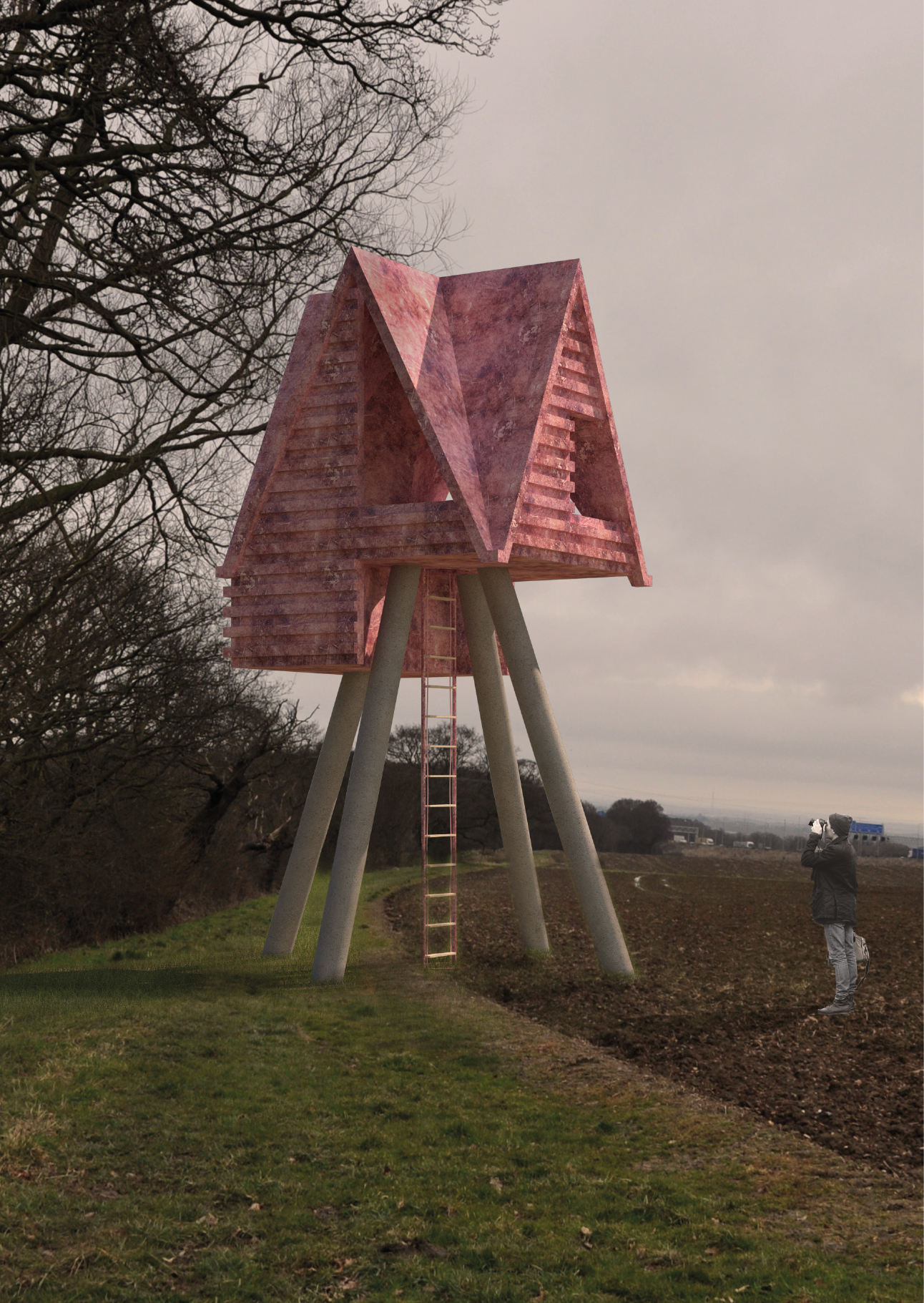
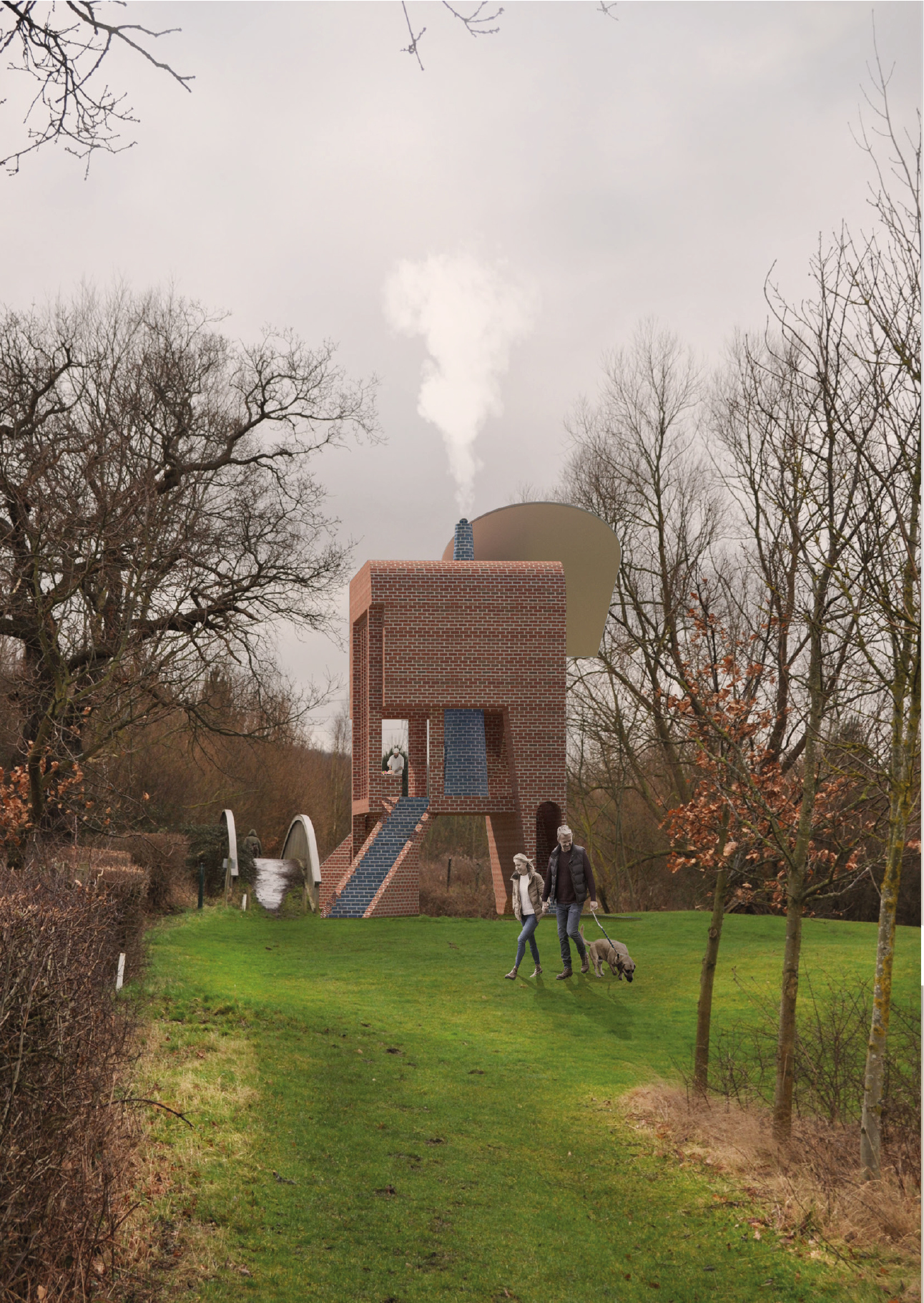
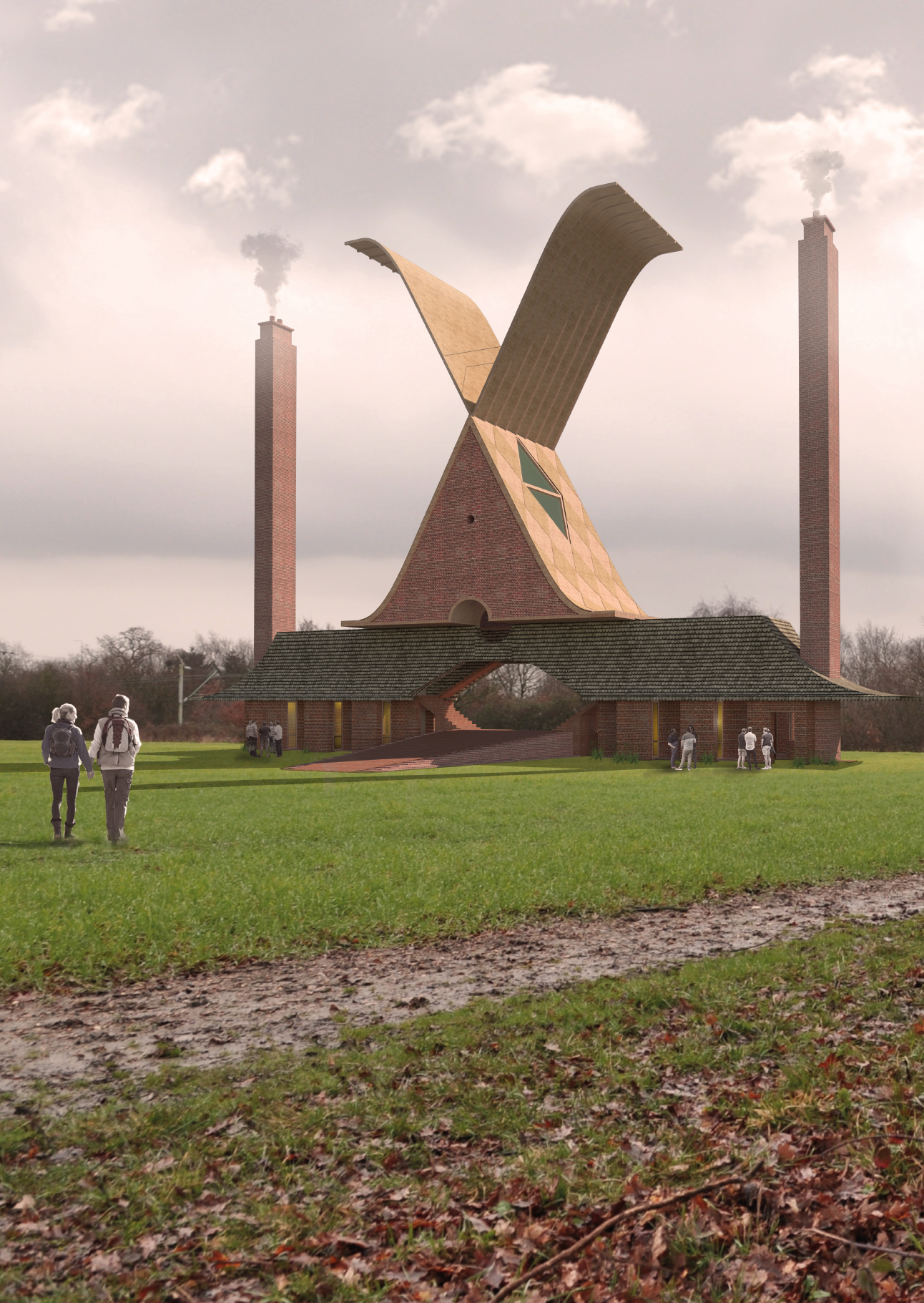
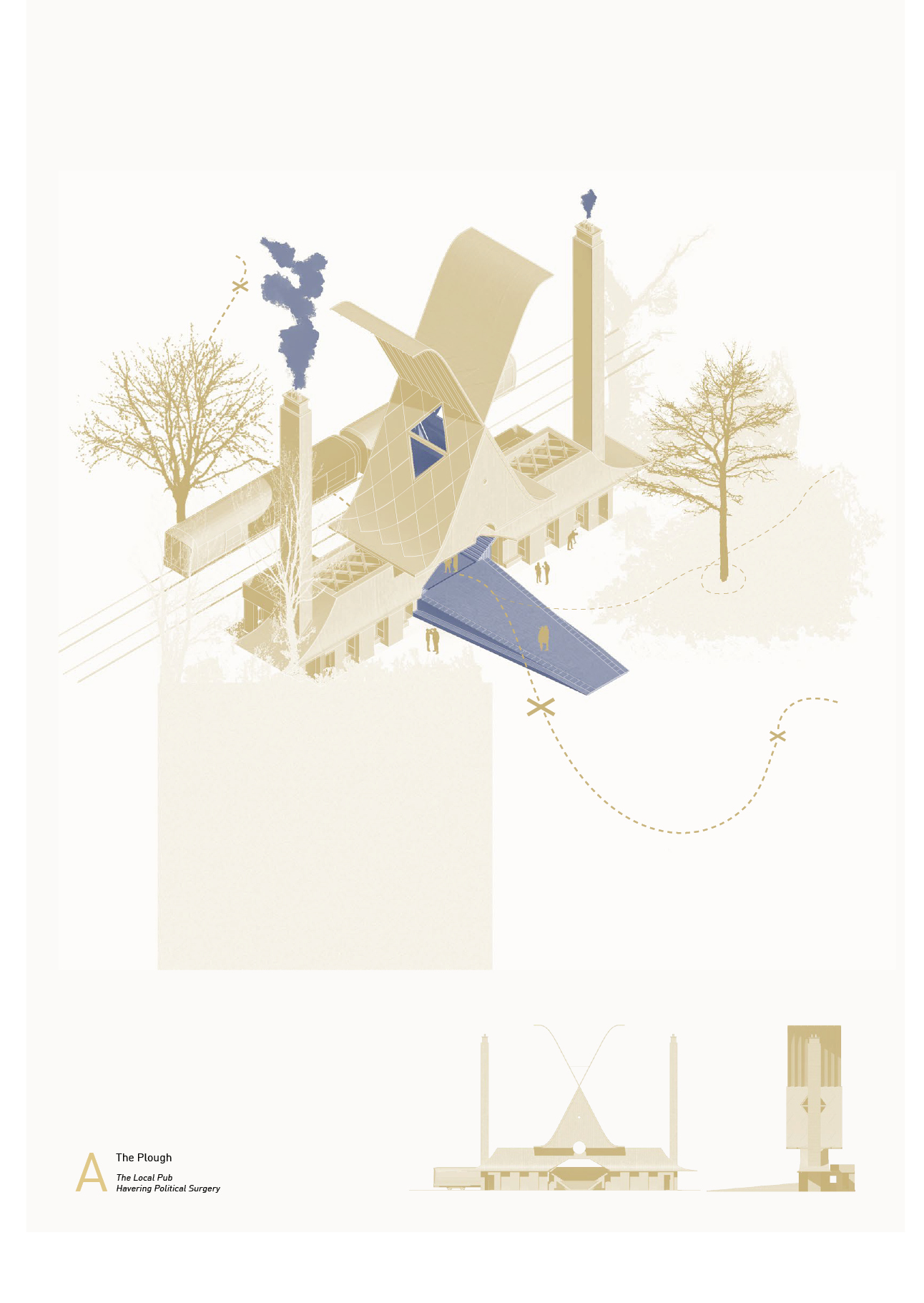
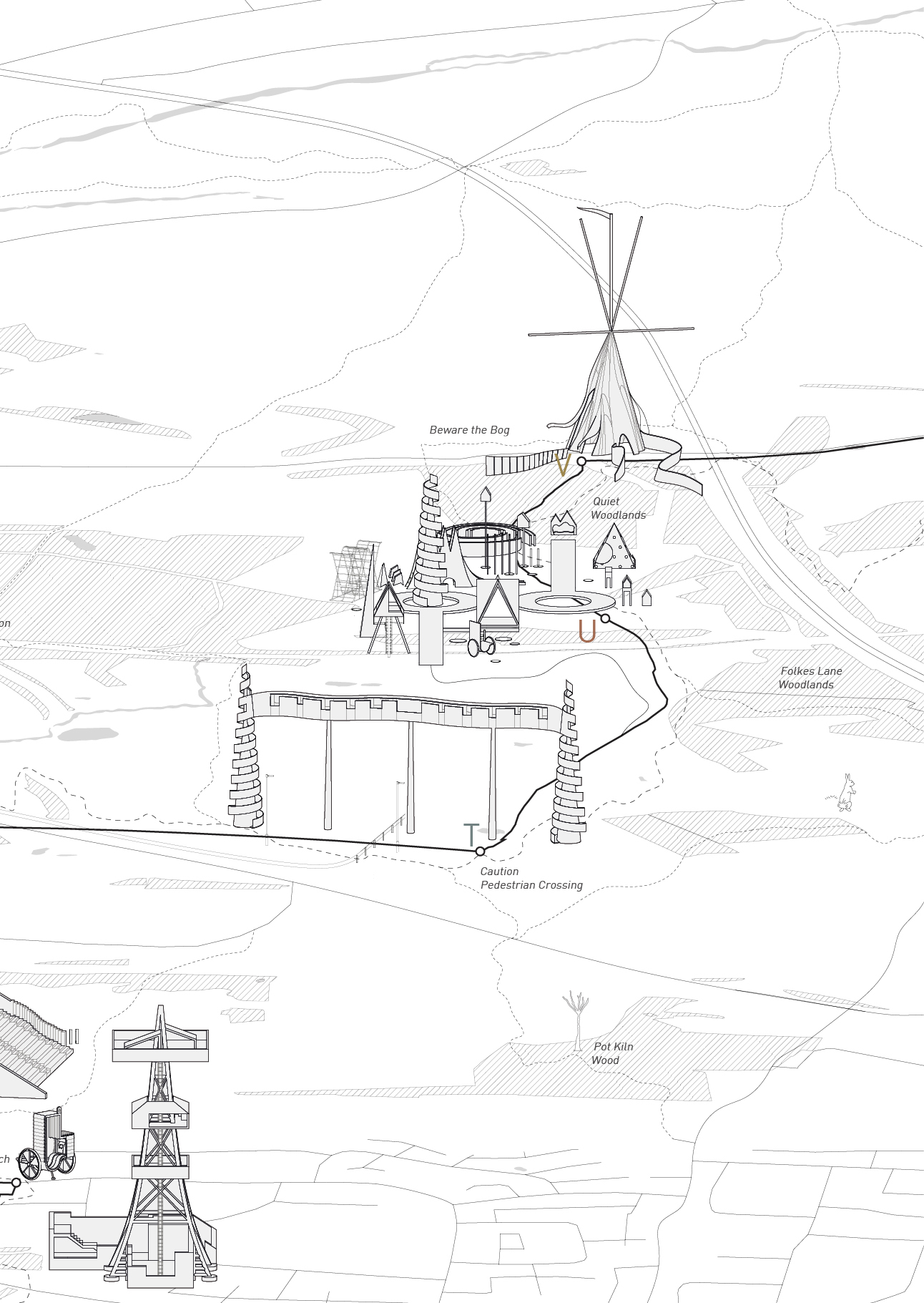
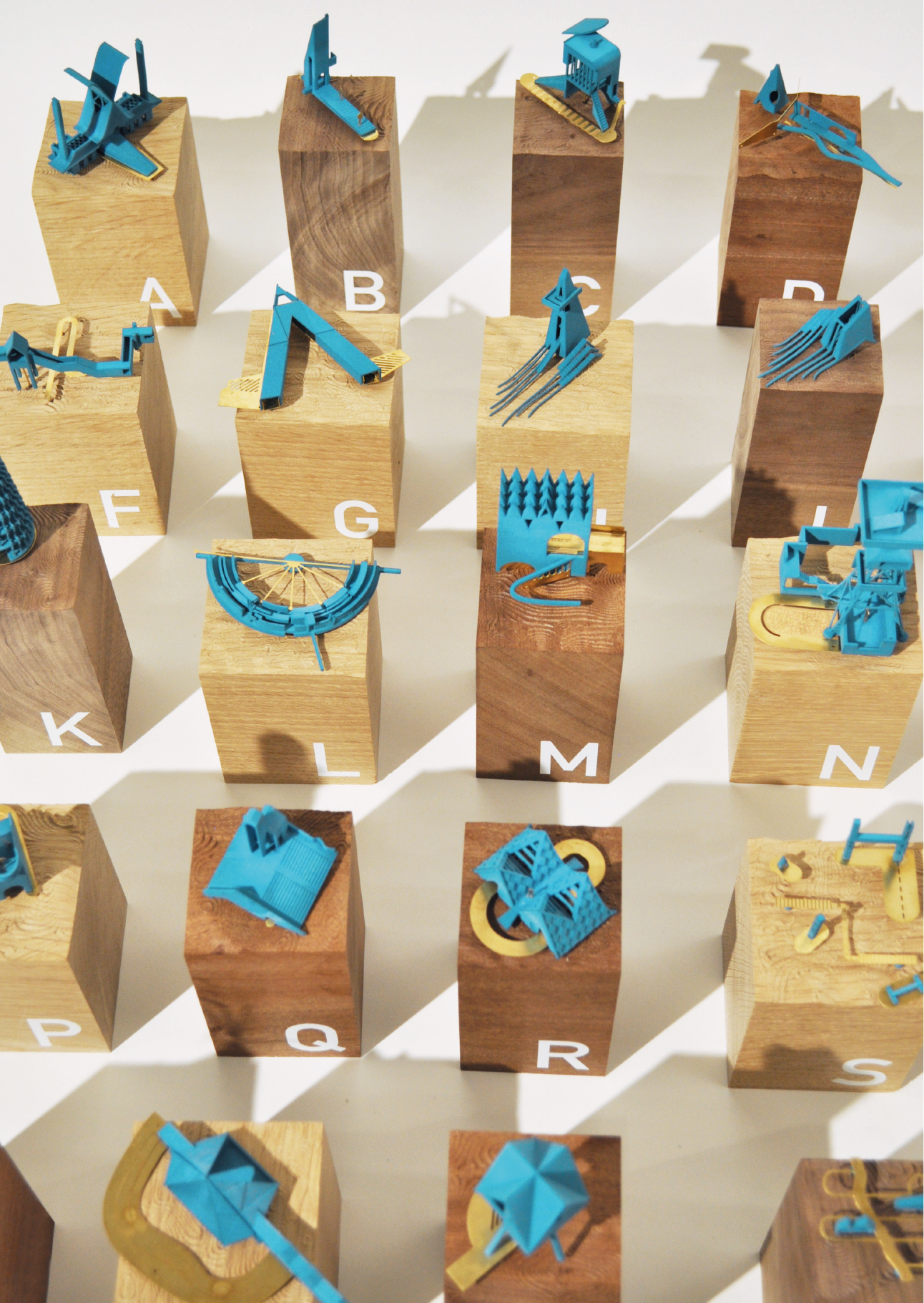
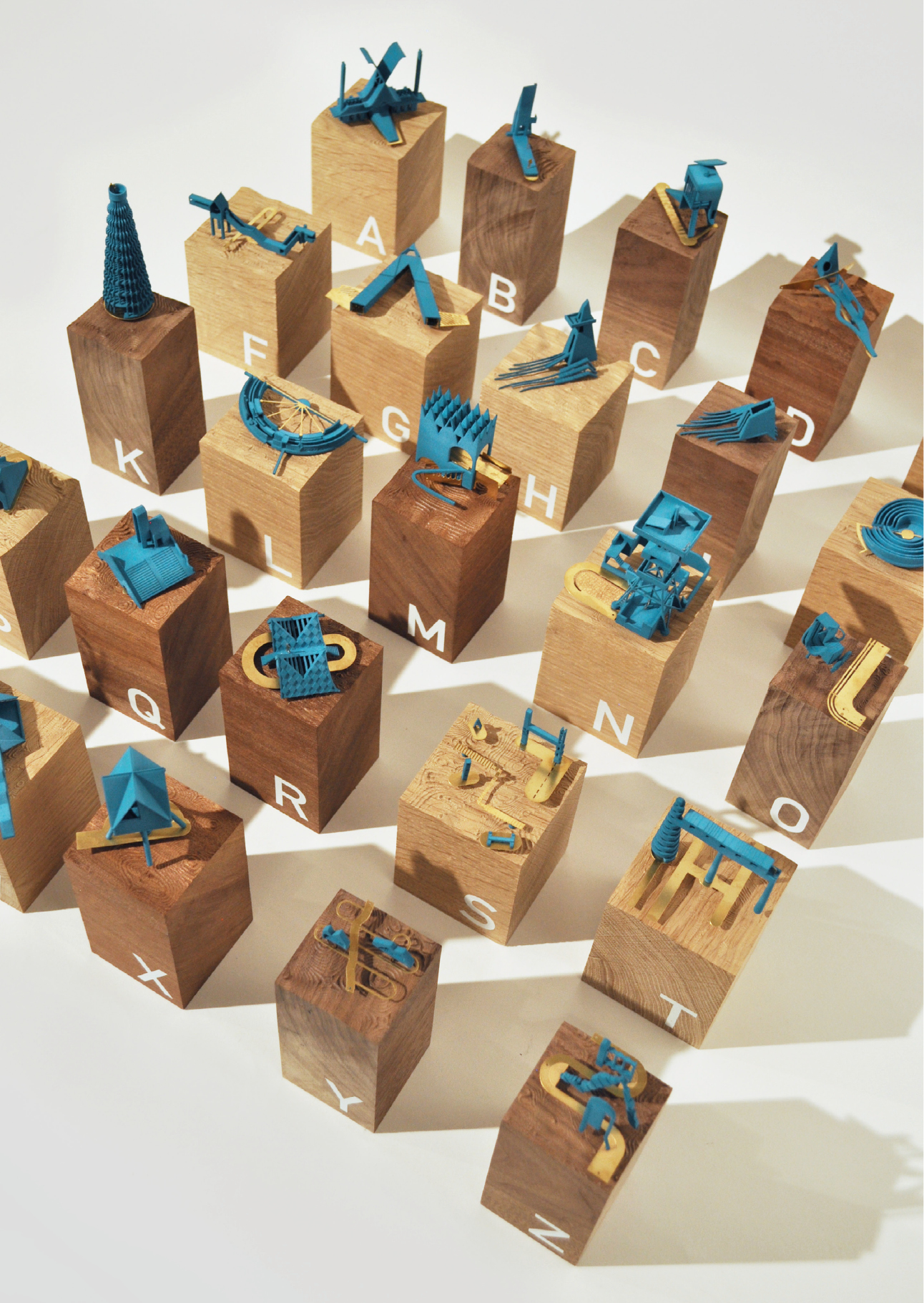
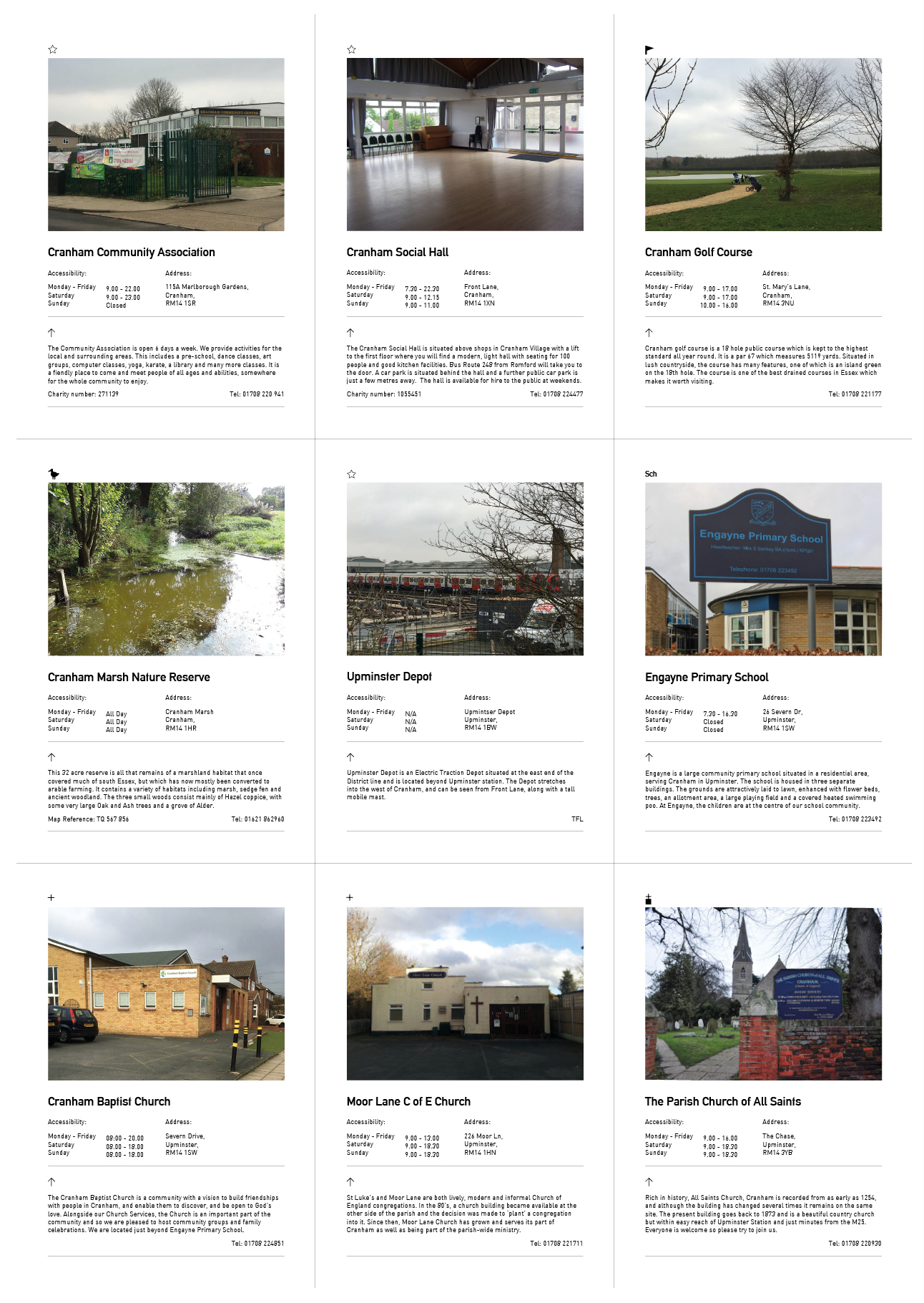
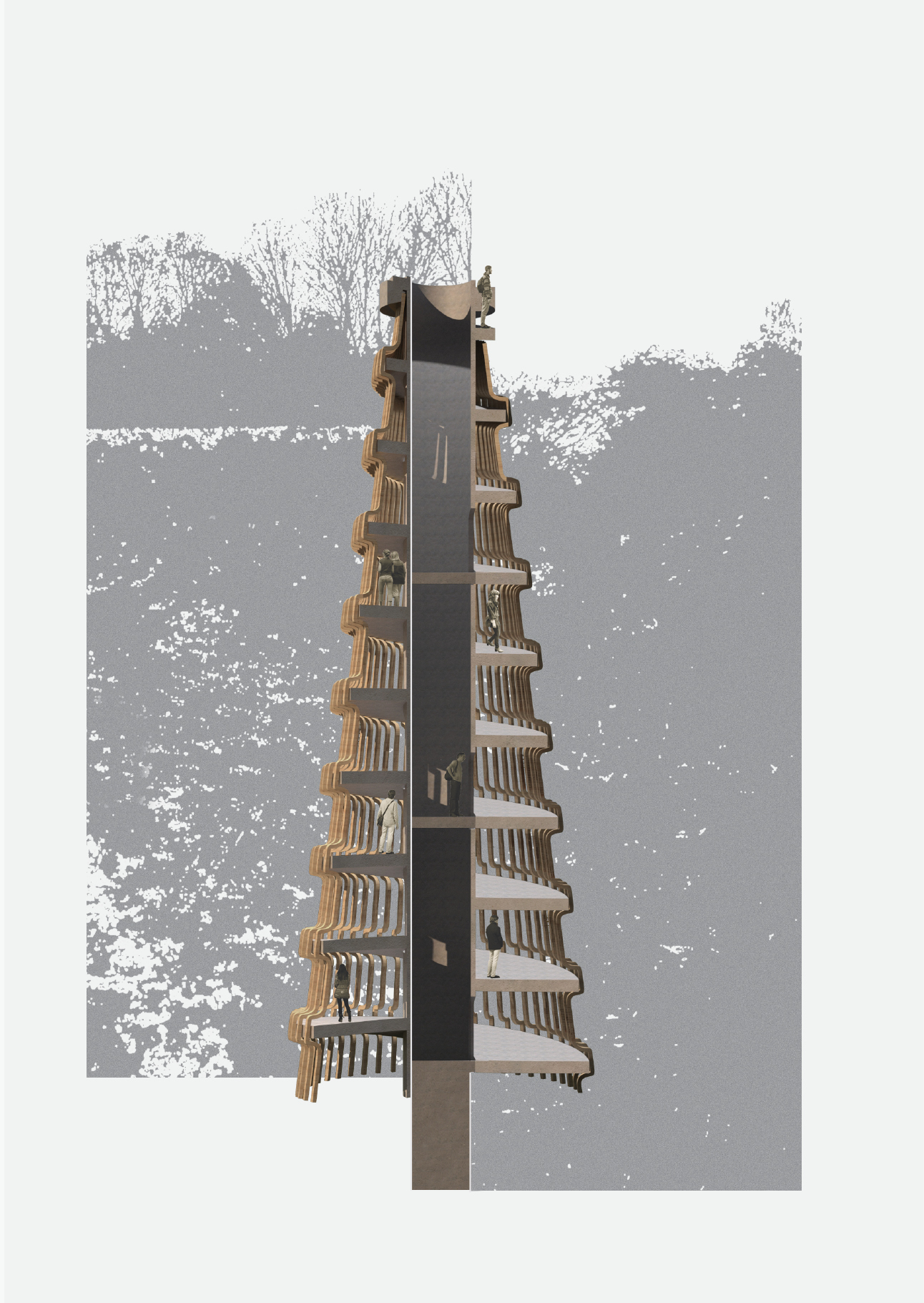
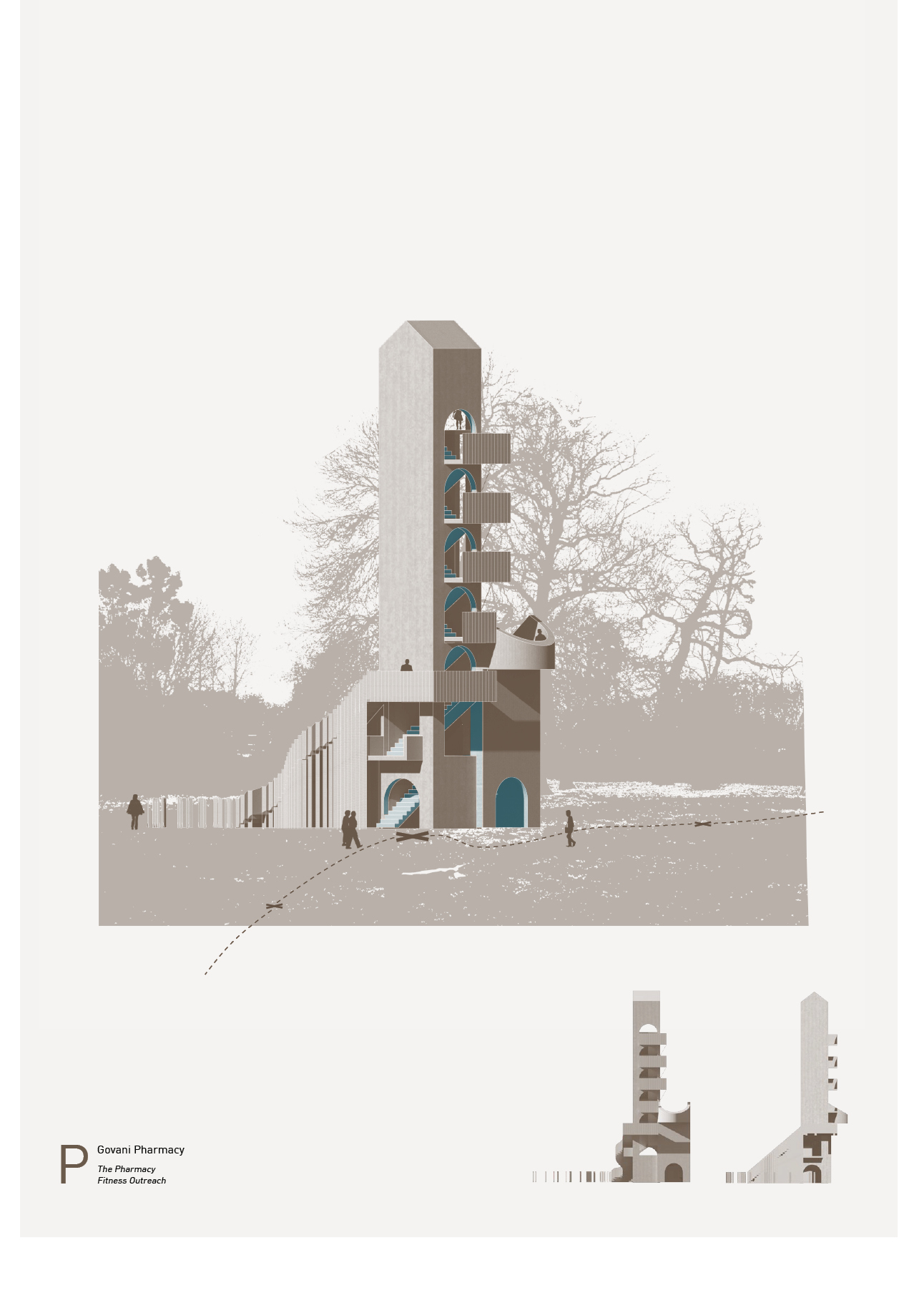
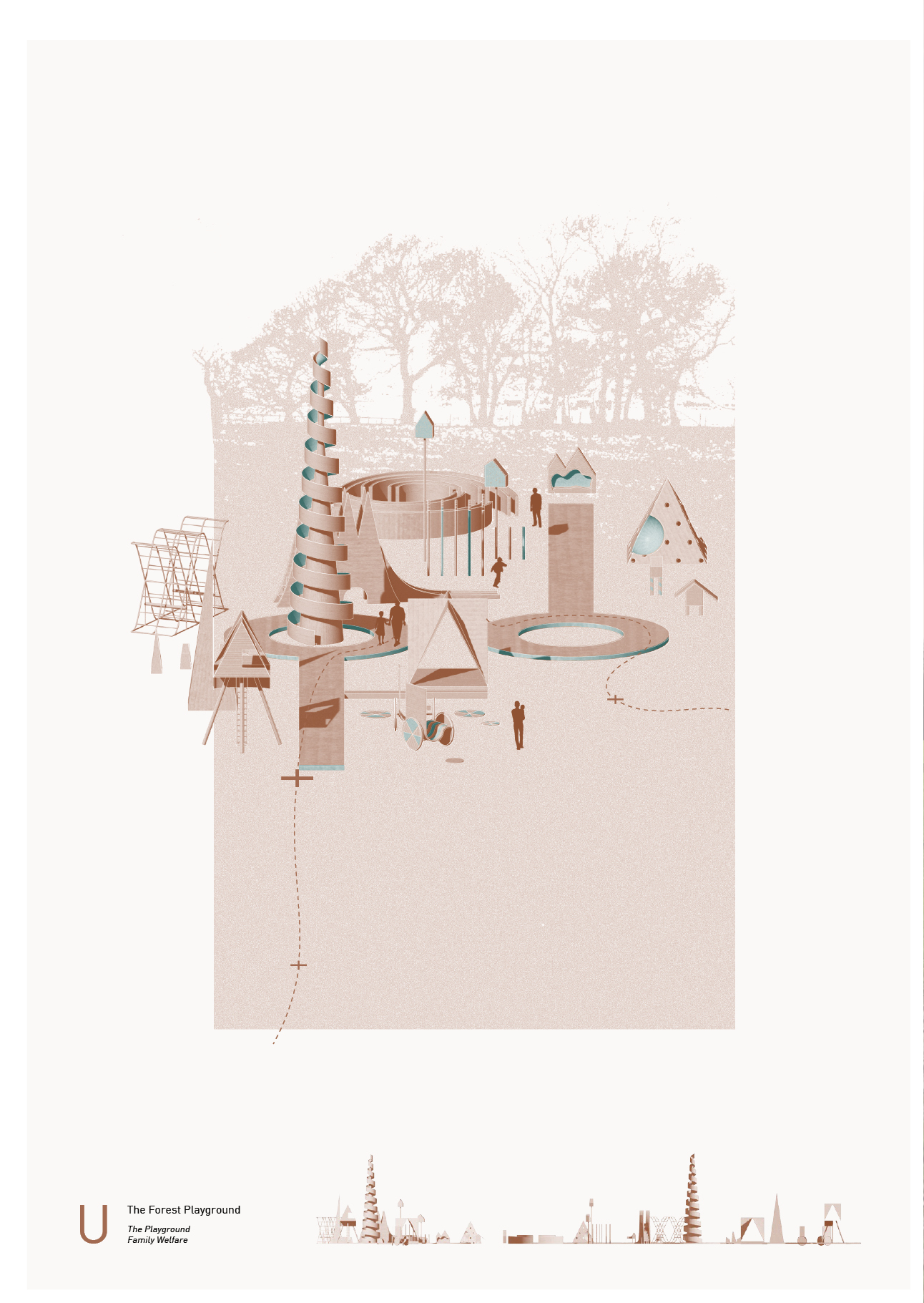
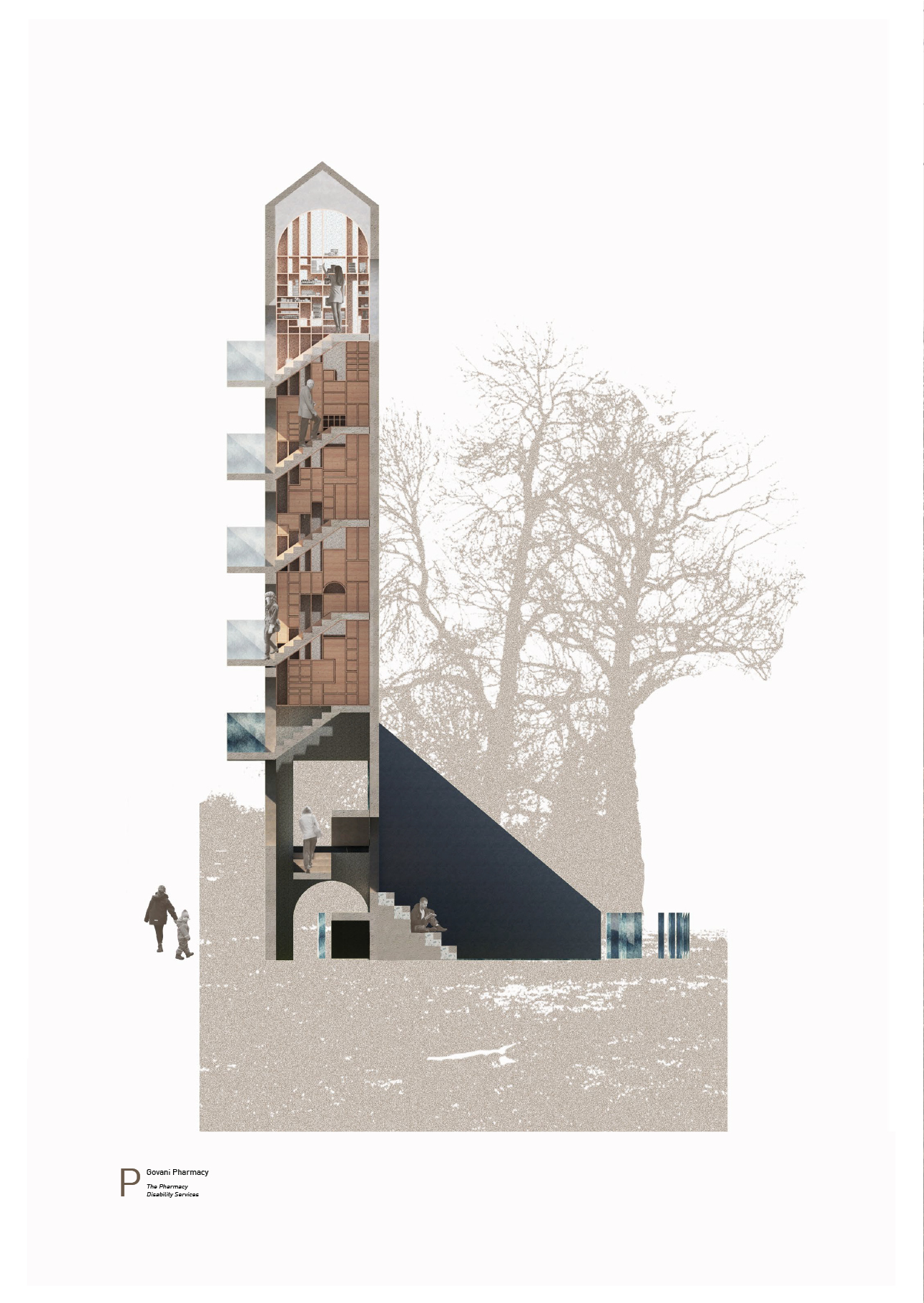
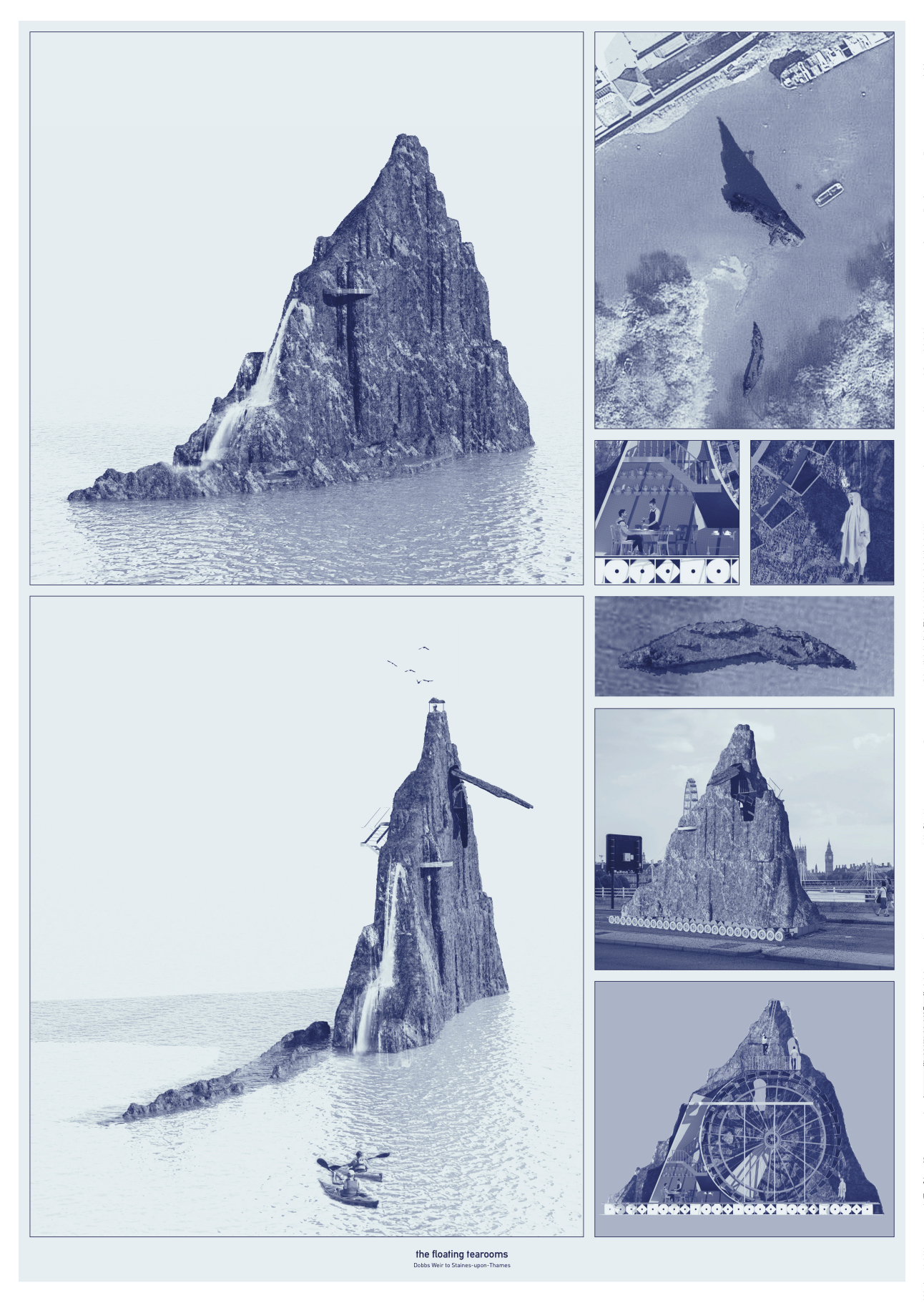
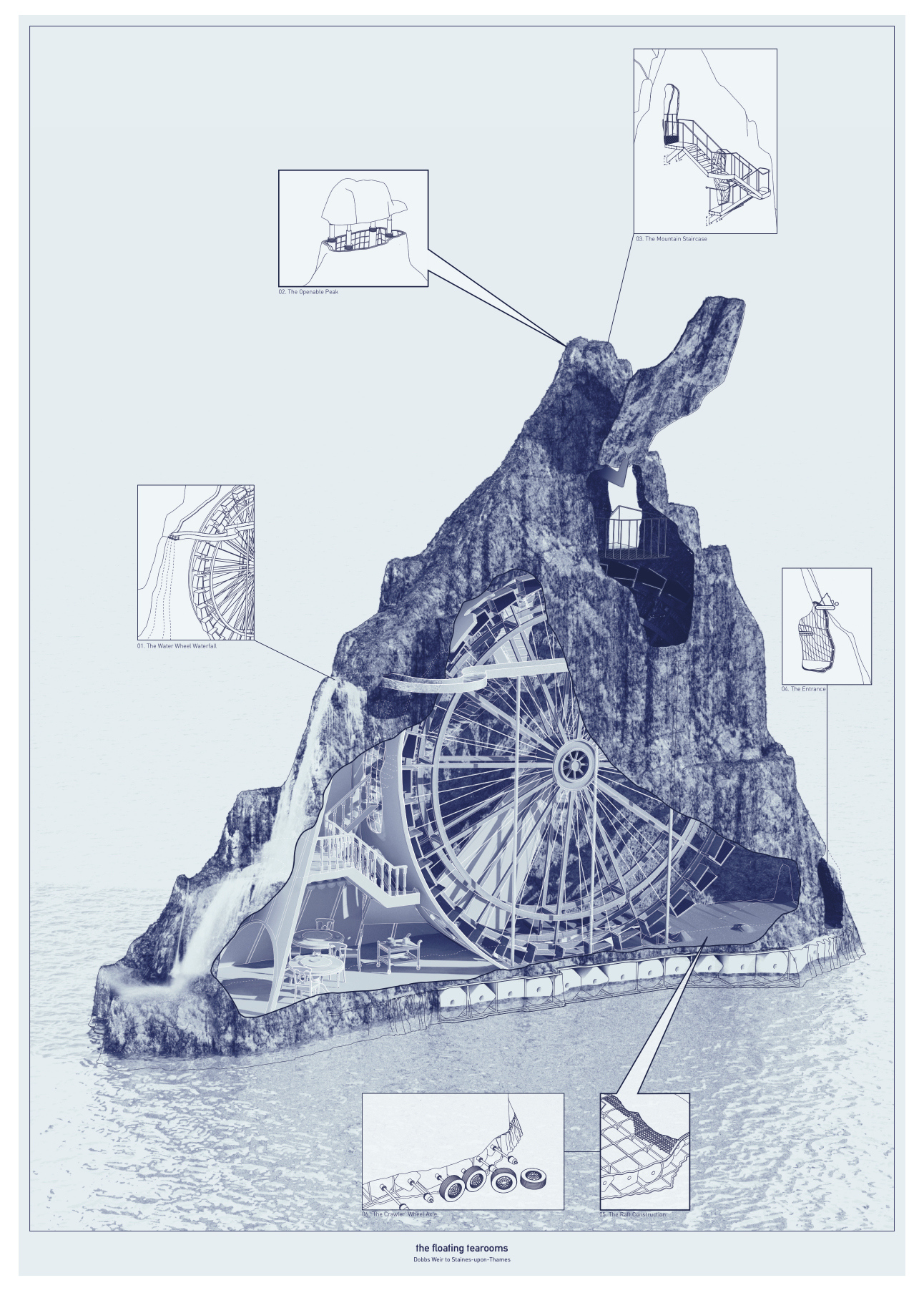
Emma Colthurst Y5
Circumambulation of Cranham. The village of Cranham is a community on the edge, with one foot in London and one foot in Green Belt — although the residents would prefer both within Essex.
The Circumambulation of Cranham explores the richer narratives between the community of Cranham and their collective landscape: a suburbanised village on the outskirts of London. The community have embraced the Green Belt boundary, which has encompassed and protected their historic rural identity from further erosion. The residents reject the political grouping of their landscape into outer London and choose to root their identity in the ancient Essex landscapes that have been bequeathed to them.
At a time of national upheaval, the local community continues to reassure its identity, as it has for thousands of years. The ancient instruction of circumambulation, ‘to walk all the way around a place’, is therefore reconsidered as a process of self-discovery and communal celebration. England’s historic affinity to walking the land reveals the reiterative relationship that is community and manifested landscape; a cycle that we all in part belong to, within our past, present and future.
Inspired by the perambulatory beating of the bounds and the residents’ continued religious devotion, the walk follows the historic parish boundaries, now bisected into the parish of Cranham: Saint Luke’s (north) and Cranham: All Saints’ (south). Twenty-six alphabetical boundary markers, using A to M for All Saints’ and N to Z for St Luke’s, denote the circular itinerary. The future civic functions of the village relocate from the now suburbanised centre to the rural boundary markers, as the residents and local council embark on a collective community experiment.
The community functions celebrate Cranham’s rural identity and have a secondary political function that aims to unite and humanise these necessary modern day services. As the community roam their landscape they visit the bakery or the town hall as part of their habitual routine, while annually completing the full celebratory circumambulation. The residents collectively walk their boundary and connect with their affiliated landscape as the cycle once again re-centres their identity: as inhabitants of the landscape they belong to.
